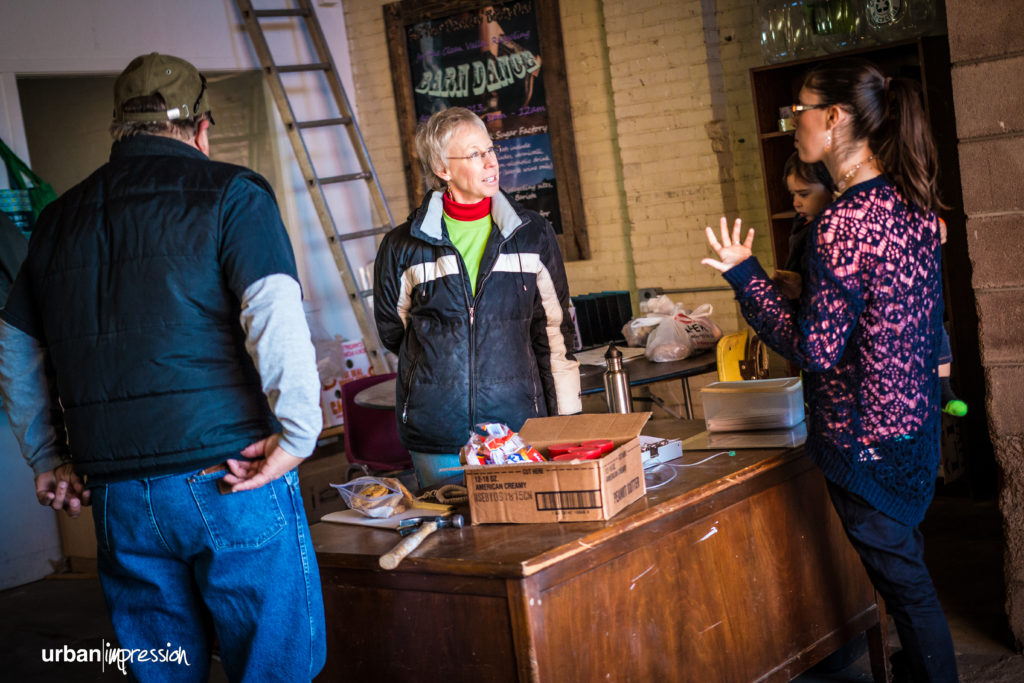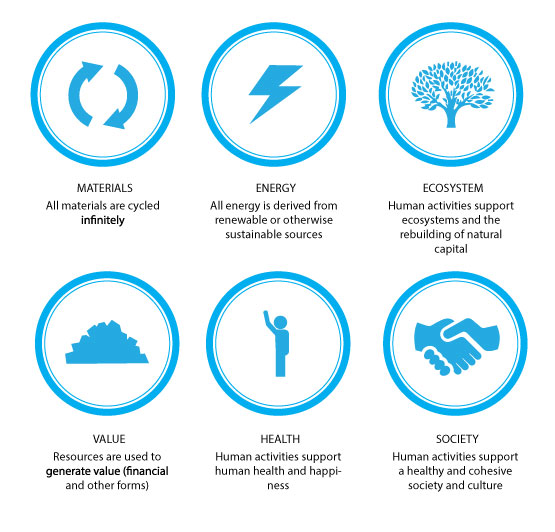
Why We Recycle
What’s So Cool About Recycling?
It saves energy, landfill space, taxpayer money, and trees; reduces dependence on foreign oil and use of toxic chemicals; and creates jobs and promotes economic development. Just to name a few…
-
It Saves Energy.
-
It takes far less energy to make products using recycled materials rather than virgin materials.
-
And, yes, the energy it takes you to bring your bag to the curb is WAY less than the energy it took to bring your recyclables to one of our convenient Drop-Off Locations, as well. (We know you were thinking it!)
-
-
It Saves Landfill Space & Taxpayer Money.
-
Landfills are very expensive to build and maintain.
-
According to the U.S. EPA, recycling (including composting) diverted 68 million tons of material away from landfills and incinerators in 2001, up from 34 million tons in 1990.
-
-
It Creates Jobs and Promotes Economic Development.
-
Incinerating 10,000 tons of waste creates one job; landfilling 10,000 tons of waste creates six jobs. Recycling 10,000 tons of waste creates 36+ jobs.
-
Recycling creates 1.1 million U.S. jobs, $236 billion in gross annual sales and $37 billion in annual payrolls.
-
Thousands of U.S. companies have saved millions of dollars through their voluntary recycling programs. They wouldn’t recycle if it didn’t make economic sense.
-
See below for many more of recycling ‘s economic benefits and interesting facts!
-
-
It Reduces the Use of Toxic Chemicals.
-
Making products from already refined waste materials reduces — and often avoids altogether — the need for manufacturers to use toxic chemicals, essential when using virgin materials.
-
-
It Reduces Dependence on Foreign Oil.
-
The national recycling rate of 30 percent saves the equivalent of more than five billion gallons of gasoline, reducing dependence on foreign oil by 114 million barrels.
-
-
It Saves Trees.
-
Half the Earth’s forests are gone, and up to 95 percent of the original forest area in the U.S. has been cut down.
-

WHAT IS A CIRCULAR ECONOMY ?
The best way to explain what a circular economy is, is to compare it to our current linear economy. In our current economic system, we extract resources from our planet at an ever-increasing pace, and turn them into a product that we mostly dispose after use. From the perspective of an individual or organization, that seems efficient. However, zooming out to a global level shows how unsustainable this approach is.
In order for those same individuals and organizations to thrive, we need an economic system that operates within our planetary boundaries. A circular economy is one that is waste-free and resilient by design. It is a new economic model that is ambitious as well as practical. Designing the economy in a way that is restorative of ecosystems, ambitious with its innovation, and impacts society, is a bold challenge but one that is achievable when guided by the below principles of the circular economy.
SIX PRINCIPLES TO CHANGE THE SYSTEM
Circular economy is all about closing resource loops, mimicking natural ecosystems in the way we organize our society and businesses. But we shouldn’t be closing loops just for the sake of it. We also have to take into account the social and ecological impact of our actions, and use renewable energy to make the transition towards a circular economy happen. Therefore, we defined six principles for a successful circular economy that are depicted below.
(This valuable information provided by: www.circle-economy.com/circular-economy)
The final result is an economy:
-
In which materials streams are efficiently managed and recycled;
-
That runs entirely on the basis of renewable energy; and
-
Without negative effects on human life or the ecosystem.
-
Circular Economy vs. Linear Economy
-
What we have now is mainly a linear economy where we extract resources from our planet and turn them into a product that we mostly dispose of after use.
-
Individually, that might seem fine. But if you look at this way of life from a global perspective, you can see how unsustainable this approach actually is.
-
-
The US population is less than 5% of the world’s population; yet we use:
-
33% of the world’s paper
-
25% of the world’s oil
-
23% of coal
-
27% of aluminum
-
19% of copper
-
-
In the United States, our per capital use of energy, metals, minerals, forest products, fish, grains, meat, and even fresh water dwarfs that of people living in the developing world.
-
Recycling is one way of making our economy more circular, and more sustainable. Its benefits are many! Recycling:
-
Reduces energy consumption in the manufacturing process
-
Reduces greenhouse gas emissions by reducing energy consumption
-
Protects the environment from toxic materials leaching into our air, water, and soil
-
Protects wild spaces from logging and mining – this promotes biodiversity
-
Increases the lifespan of our landfills, saving money (taxpayer’s dollars)
-
Provides jobs
-
Economic Recycling Benefits and Facts
information supplied by: National Recycling Coalition

